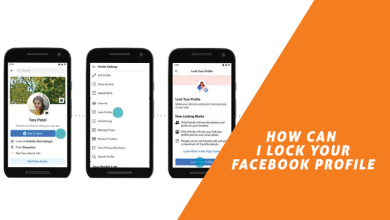How to Create a Customer Journey Map

Customer experience journey map is a visualization of the customer’s journey, starting from the moment of searching for a product or service and ending with a purchase. The customer experience journey map can be created in the form of a table, diagram, or infographic. In addition to all points of contact with the client, the customer journey map contains the experiences and impressions of a potential buyer.
Visualizing the prospect’s journey helps create a unified vision of the process across the team. It allows you to see key touch points, understand what influences purchasing decisions, find out what difficulties arise in the customer journey and improve the user experience. Therefore, the customer journey map plays an important role in increasing sales and reducing customer churn.
Customer journey mapping process is to visualize the movement of a potential client, it is necessary to collect as much information as possible and understand what influences decision-making at one stage or another. Below we have prepared a short instruction that will help collect data for creating a customer journey map.
Study the target audience and create a portrait of the buyer
Find out the age, gender, preferences and behaviors of your target audience. Next, research your customers and segment them based on similar characteristics. You can also use data from a CRM system or sales department to study customers. Create a detailed customer profile and describe your ideal customer in detail.
Analyze the milestones in the customer journey
Use Google Analytics and other tools to find out where customers are coming from, what resources they visit, what they are interested in, how they behave on the site. Then set buyer’s goals for each action and phase it in. For example, interest – searching for a product on Google, research – monitoring prices and products, buying – registering through a lead form and paying for a product.
Identify communication channels
At this point, review your target audience and customer journey. Find out which communication channels potential buyers prefer to use. Analyze where the users come from, who most often convert to customers.
Collect feedback
To do this, use the reviews on the site and on social networks, study different forums, initiate a survey. Conduct an in-depth interview to find out more. Use questionnaires using a chatbot, email newsletters, posts on social networks, telemarketing.
Explore the user experience
Analyze how visitors interact with the site, how long it takes to fill out forms, test usability. This will allow you to see the resource through the eyes of the consumer.
Identify the obstacles customers are facing
Find the weak points that are hindering conversions. Brainstorm with your team to get more information and not miss out on important details. This approach will allow you to consider the buyer’s journey from different angles.
After you collect all the necessary information, you need to structure it, choose a visualization format and development tools. The customer journey map can be created in the form of a table, diagram or infographic. Since in the future, based on the Customer journey map, you need to develop a sales funnel, choose the format that will be most convenient for your team to work with.
The main thing is that when creating a customer journey map, do not try to think out the path for the client. Be extremely careful and try to look at all stages through the eyes of the buyer. Connect actions with emotional response, consider the feelings that the user experiences during each action.
The customer journey map allows you to improve your marketing strategy, simplify decision making when changing an action plan, improve your sales funnel, and find effective ways to develop your product and business.





